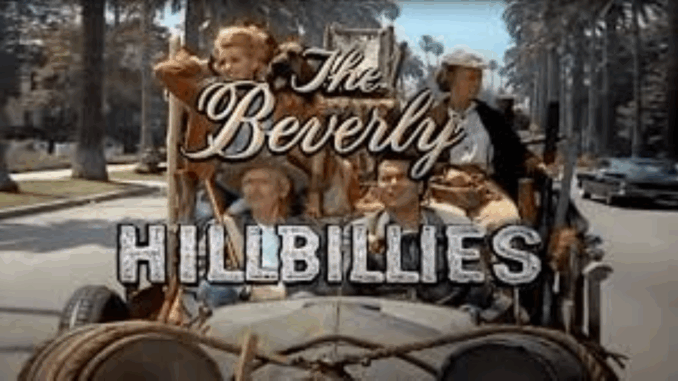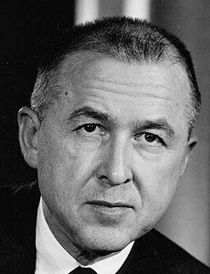
Behind every durable TV myth is a steady architect, and for The Beverly Hillbillies, that architect was Paul Henning. The show that made Jed, Granny, Elly May, and Jethro household names began not as a gimmick but as a carefully assembled set of choices: characters conceived to magnify an America grappling with change, stories designed to be simple yet elastic, and a tone that balanced broad comedy with genuine affection.
Henning arrived in television with a deep love of rural storytelling. He understood archetypes—the stubborn patriarch, the meddling mother, the ambitious outsider—and he knew how to stitch them together without descending into cruelty. His writing leaned on character consistency: the Clampetts might be fish out of water, but they were never mean or vacuous. Henning’s approach created empathy; viewers could laugh at the family’s mishaps without feeling superior to them.
Equally important was Henning’s instinct for universality. He recognized that a show about culture shock could be specific in its details but universal in its emotions: family loyalty, small-town common sense, and curiosity about the new world. That’s why, even as episodes exploited comic misunderstandings, they often landed on a moral note. The humor was never simply to ridicule rural life; it was to celebrate the values that survived when the Clampetts moved into the lap of luxury.

Henning’s talent extended beyond dialogue. He shaped the show’s ensemble dynamic so the characters complemented one another. Jed’s mellow decency required a Jiminy Cricket-like foil; Granny’s fire needed a softer center to ground it. Henning understood that a sitcom’s engine is character interplay. Give him that engine, and the episodes could run on small variations of the same premise for years.
Henning’s influence also reached television development itself. After The Beverly Hillbillies’ success, networks were more willing to greenlight rural comedies and shows that prioritized warmth and simplicity over urban sophistication. The 1960s saw a string of “rural” productions that borrowed Henning’s formula: distinct, lovable characters; recurring set pieces; and humor rooted in character rather than topical satire.
His creative choices weren’t without critics. Some commentators called the programming conservative or lowbrow. But Henning stood by his belief that television doesn’t have to be high art to be honest. He wanted audiences to come away smiling—and perhaps a touch softer toward people from other walks of life.
Decades later, Henning’s model is visible in many hits that followed: a strong, simple premise; characters with memorable hooks; and the courage to let warmth trump irony. It’s a reminder that television’s most durable shows are often those that choose heart over trendiness. Henning gave audiences a family they could recognize and root for; the rest of the industry simply followed.
